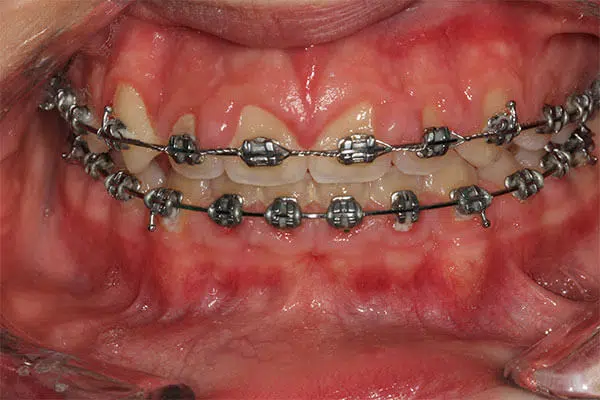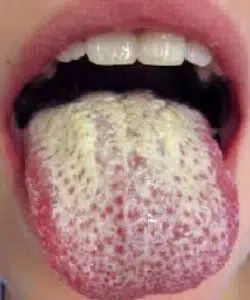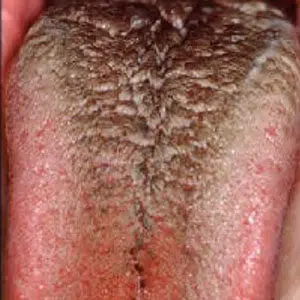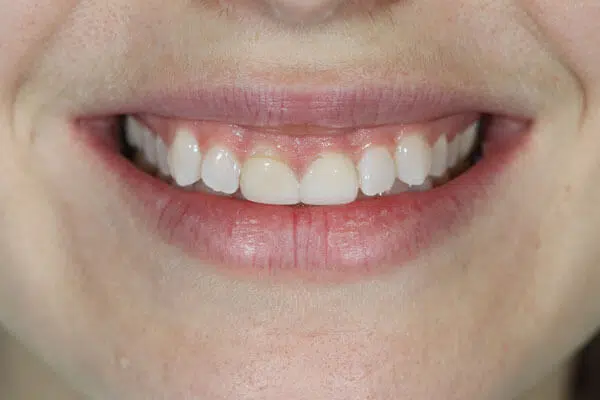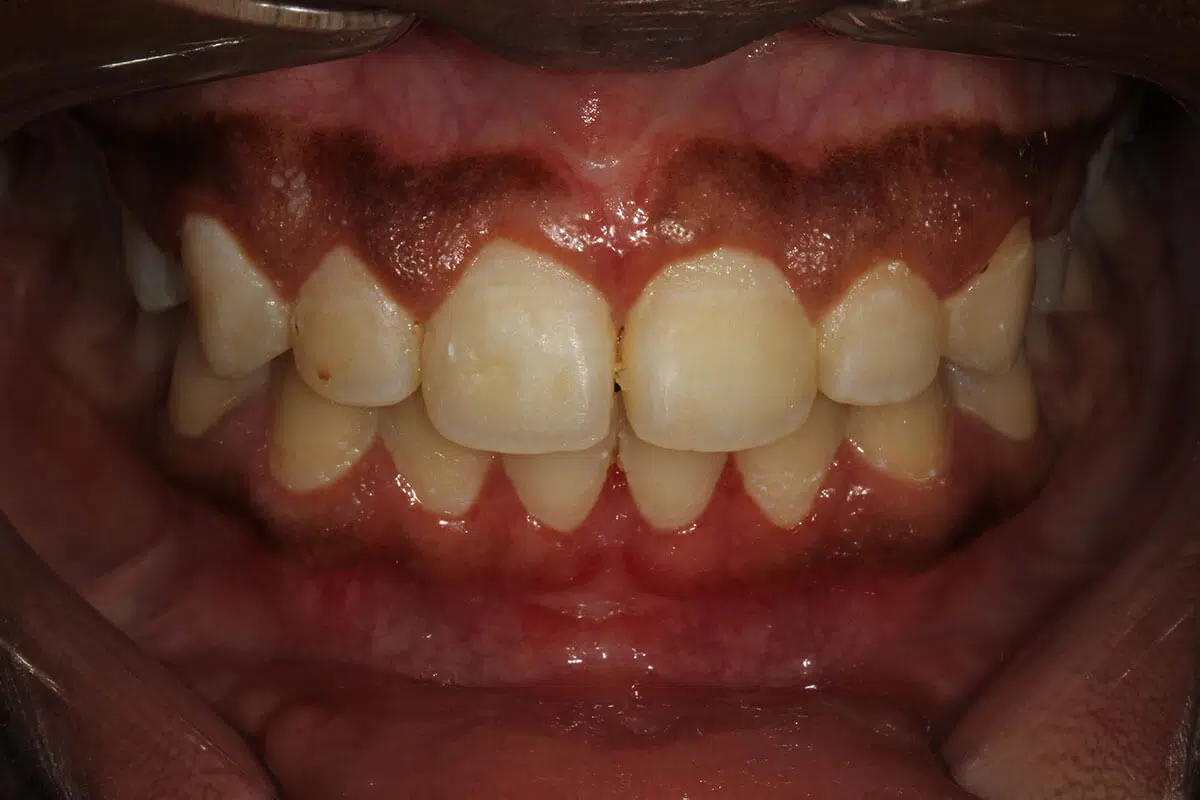How to Prevent Gum Disease
Gum disease is a common oral health condition that affects over 40% of people living in the United States over the age of 30. Once the disease begins it can be a challenge to manage and can require professional intervention from a periodontist to repair lost gum and bone tissue.
The best course of action is prevention. How do you prevent gum disease? Here’s what dentist’s recommend.
What is Gum Disease?
Gum disease, known as periodontal disease, is a bacterial infection of the gum tissue causing the body to lose supporting bone and gum around the teeth. When plaque builds up on the teeth, the bacteria contained within it can infect your gums. As gum disease progresses, the gum tissue pulls away from the teeth and the jaw bone deteriorates. The teeth can become loose and eventually come out.
Brush Your Teeth and Floss.
Oral hygiene is the number 1 preventive method of avoiding gum disease. Using a soft bristled tooth brush and flossing or water piking daily to remove the bacteria around your teeth will prevent the bacteria from destroying gum tissue. Brush your teeth once in the morning and once at night. Try to avoid eating after brushing your teeth at night. Flossing or water piking at night is important as it can get the food in between the teeth out as well as stimulate the gum tissue.
Go To the Periodontist
Dental cleanings and oral examinations are recommended every 2-6 months depending on your gum disease severity and history. A periodontist will check your bone and gum levels to see if any tissue loss is occurring as well as provide you with good cleanings to remove the bacteria from the teeth and gums.
Decrease processed foods and sugar intake
Ultra processed foods contain chemicals and preservatives that increase inflammation throughout your body including in your mouth. This increase in inflammation can cause gum disease. Refined sugar can also increase inflammation as well as cause cavities which break down the enamel in the teeth as well as increase gum bleeding. Whole foods that are rich in nutrients will nourish your body and mouth causing healthy gums and bone.
Manage Your Blood Sugar and Insulin
Diabetes is the number one risk for gum disease. High circulating levels of sugar can cause inflammation in the body leading to gum and bone tissue breakdown. By properly managing your blood sugar and insulin, you can reduce your risk of gum disease.
Avoid Smoking and Vaping
Smoking is the second highest risk factor for developing gum disease. Both cigarettes and vape contain chemicals that adversely affect the gum and bone. Smoking also increases your risk of gum disease by weakening your immune system, limiting the growth and healing of blood vessels, and decreasing oxygen which can repair damaged tissue.
Drink Plenty of Alkaline Water
Drinking alkaline water will keep your mucous membranes in your mouth moist and promote healthy saliva. Saliva contains immune cells and proteins which can fight bacteria that cause gum disease. Water also washes the bacteria out of the mouth and prevents them from taking hold and causing problems.
Frequently Asked Questions About Gum Disease
Can gum disease be cured?
Once gum disease has reached the moderate or advanced stages, it can be treated and managed but not necessarily cured. The infection can be kept in check and the damage to the gums and jaw bone can be repaired, reducing the effects of gum disease.
How common is gum disease?
Almost half of American adults, 42%, are estimated to have some form of gum disease. Your risk increases with age, making it more common in older adults.
Schedule a Deep Cleaning With Your Periodontist
If you are prone to gum disease, having a periodontist examine your mouth and clean your gums can prevent gum disease from occuring or advancing. Scott H. Froum, DDS, PC provides periodontal maintenance to treat and prevent gum disease on a frequency that fits your needs and schedule.
Call 212-751-8530 or contact us today to learn more and schedule an appointment.
